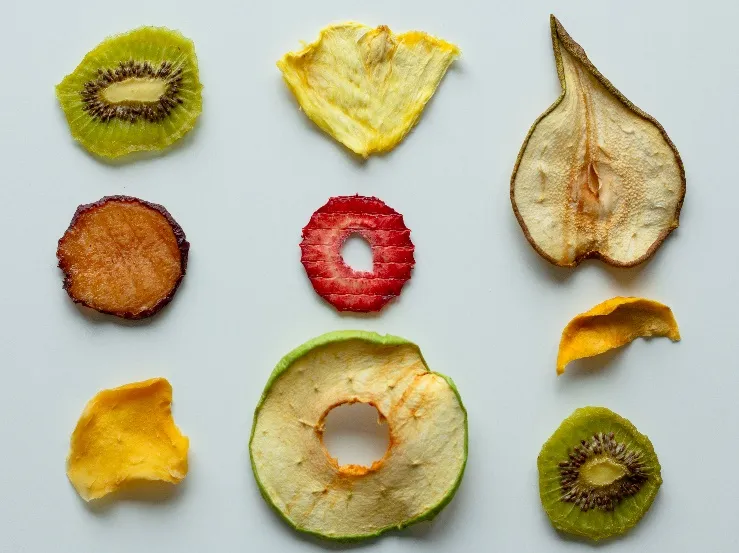
1
-
Keeping Fruits Fresh as the day one
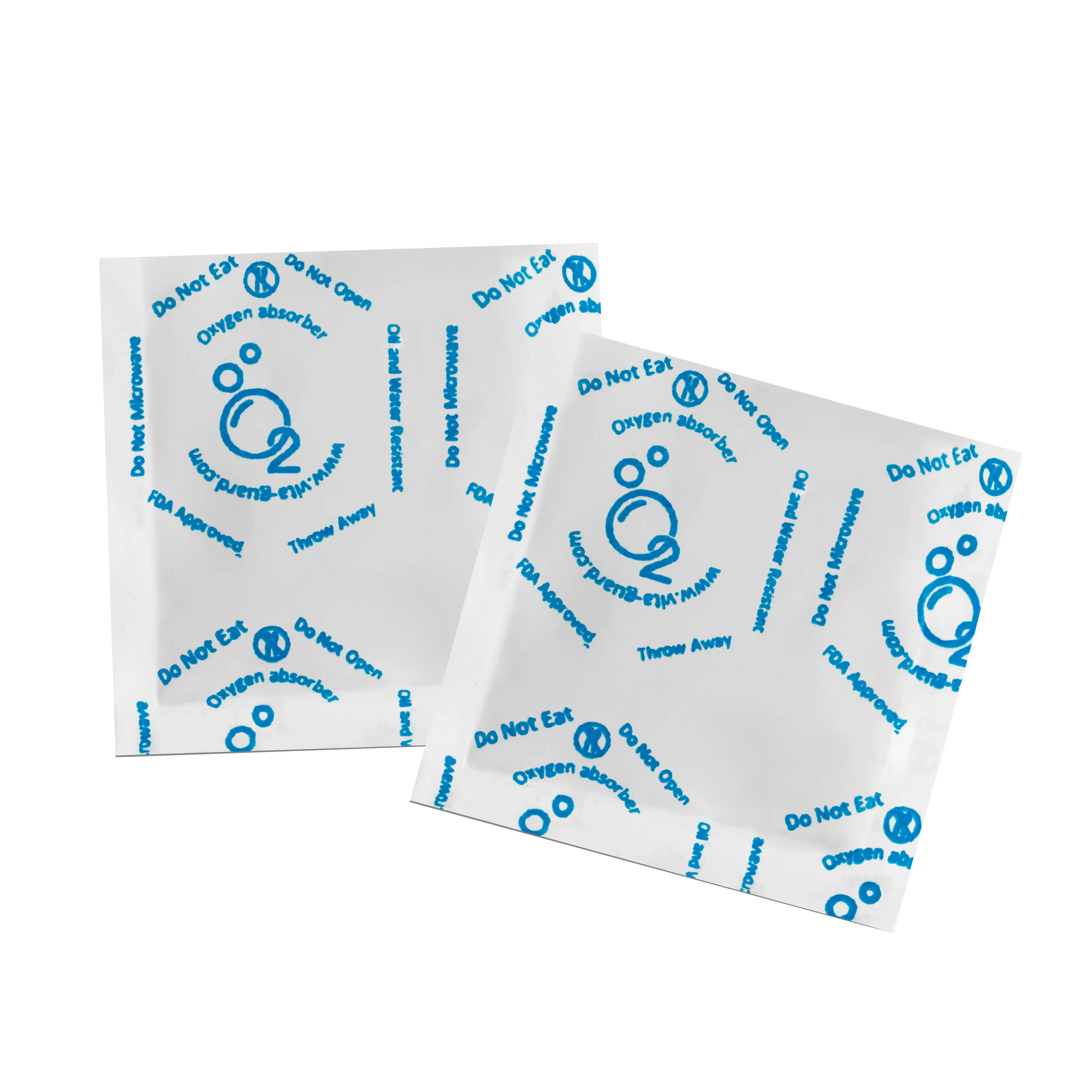
Oxygen is often recognized as one of the main factors contributing to the spoilage of food products such as dried fruits and vegetables, medicines, vitamins, and even non-food items. It can directly and indirectly affect the quality of products. For example, oxygen creates favorable conditions for the growth of a wide range of bacteria, molds, insects, and pests. Additionally, this gas can have detrimental effects on various chemical processes, from the degradation of pigments to the reduction of nutritional value, ultimately leading to a significant decline in product quality. Oxygen also accelerates the oxidation process in products containing a significant amount of oil, resulting in a bitter taste, rancidity, and unpleasant odor. Oilseeds such as peanuts, walnuts, and almonds are examples of such products.
Our oxygen absorber sachet, utilizes atmosphere modification technology to optimize oxygen absorption within the packaging. This extends the shelf life and preserves the freshness and nutritional value of the products until consumption. The oxygen absorber sachet is suitable for use in processing units, medical packaging facilities, exporters, sorting centers, grocery stores, restaurants, hotels, and household applications.
This product is known globally as an Oxygen Absorber and is available in sachet form in various dimensions and weights for customer convenience.
• Easy to use
• Can be disposed of as regular waste
• No undesirable side effects on products
• Effective performance in the temperature range of 0-25 degrees Celsius and at atmospheric pressure (1 atmosphere)
• Use of packaging that is resistant to water, oil, and dust.

• Breads, various ready-to-eat and semi-prepared pastas
• Confectionery (dry and moist)
• Various nuts, grains, and seeds (dry)
• Meats (white or red) in raw or semi-processed, dried, or smoked forms
• Dried fruits and vegetables
• Bird seeds and animal feed
• Medicines and vitamins
• Historical books and art pieces
• Medical equipment
• Tea
• Coffee
• Nuts and chocolates
• Spices
• Rice and grains
• Metal tools
• Prevention of flavor changes, loss of nutrients, and the production of harmful substances resulting from the oxidation of food compounds.
• Prevention of the loss of water-soluble and fat-soluble vitamins.
• Prevention of insect egg-laying, larval growth, bacterial growth, and mold formation.
• Delay in color changes and browning of fruits and vegetables.
• Extension of the shelf life of hygiene and pharmaceutical products.
• Reduction in the use of chemical additives.
To calculate the required amount of oxygen absorber in a packet or container, you need to know the volume of the packet or container, the type of product being packaged, and the desired oxygen level inside the packaging. Follow the steps below: 1. Determine the volume of the packet or container in cubic centimeters. You can measure the length, width, and height of the containers and multiply them together. 2. If the packaging does not have specific dimensions, weigh the empty package first, then place it in a water-filled container and weigh the displaced water. Use the following formula to calculate the amount of oxygen: Oxygen (cc) = Volume of packaging (cc) x (Desired oxygen level - Ambient oxygen level) / (100 - Ambient oxygen level) Note that the ambient oxygen level is approximately 21%

Based on the calculated amount and with the help of the guide table, select the appropriate size and number of oxygen absorbers. The recommended number of sachets for different products is as follows. Note that all products, especially fruits, vegetables, and nuts, must be free of damage, bruises, and any mold or fungus before packaging. The appropriate number of sachets should be placed in the packaging without opening them.
• Breads and pastries: 1-2 sachets per 500 grams of product
• Confectionery: 1-2 sachets per 500 grams of product
• Nuts and seeds: 1-2 sachets per 500 grams of product
• Dried fruits and vegetables: 1-2 sachets per 500 grams of product
• Meat: 3-4 sachets per 500 grams of product
• Bird seeds and animal feed: 1 sachet per 500 grams of product
• Medicines and vitamins: 1 sachet per package
• Historical books and art pieces: 1-2 sachets per package
• Medical equipment: Consult with the manufacturer
• Tea and coffee: 1-2 sachets per 500 grams of product
• Nuts and chocolates: 1-2 sachets per 500 grams of product
• Spices: 1 sachet per package
• Rice and grains: 1-2 sachets per 500 grams of product
• Metal tools: Consult with the manufacturer
 Safety Recommendations and Tips
Safety Recommendations and Tips1. Keep oxygen absorbers out of reach of children and pets.
2. Do not ingest or swallow the oxygen absorbers.
3. Avoid direct contact with eyes or skin. In case of contact, rinse thoroughly with water.
4. Store oxygen absorbers in a cool, dry place away from direct sunlight.
5. Do not puncture or tamper with the packaging of the oxygen absorbers.
6. Use the recommended number of oxygen absorbers for each product to ensure effectiveness.
7. Follow the instructions provided by the manufacturer for proper usage and disposal of the oxygen absorbers.
8. If accidentally ingested or if any adverse reactions occur, seek medical attention immediately and provide the medical professional with the MSDS.

-
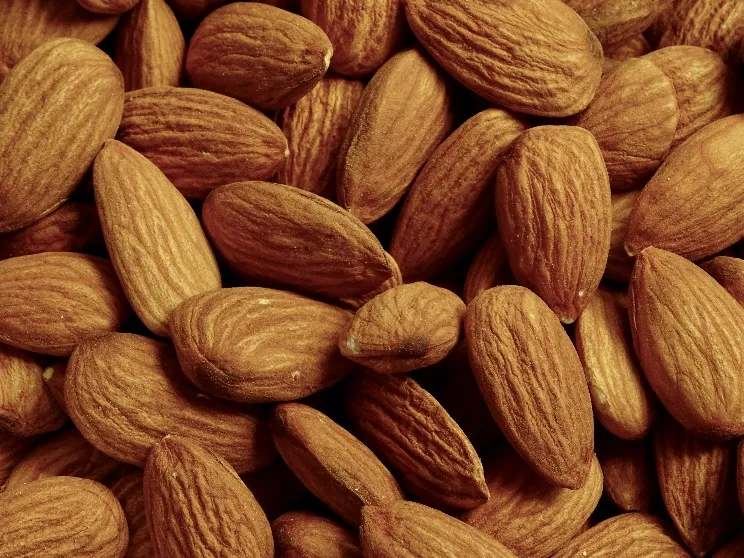
-
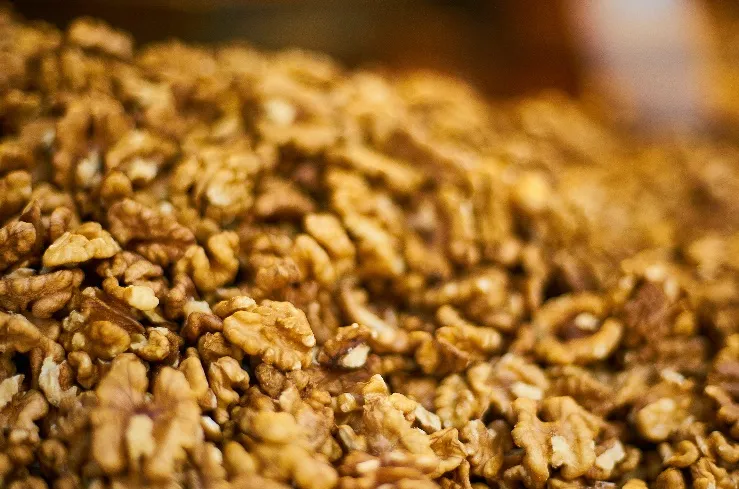
-
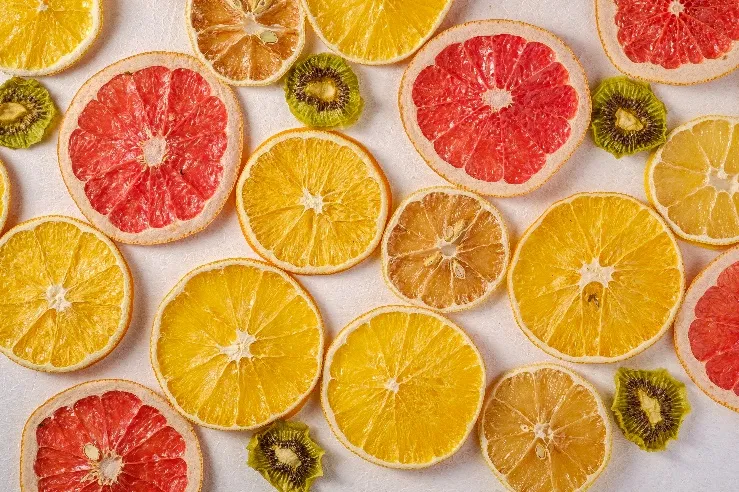
-

-
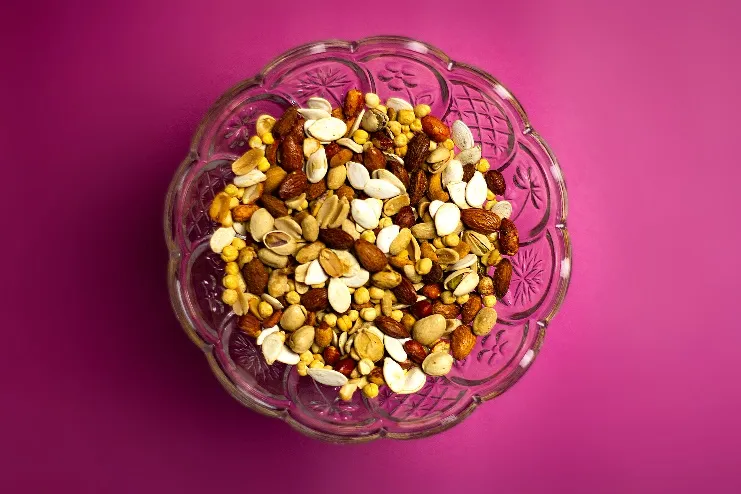
-
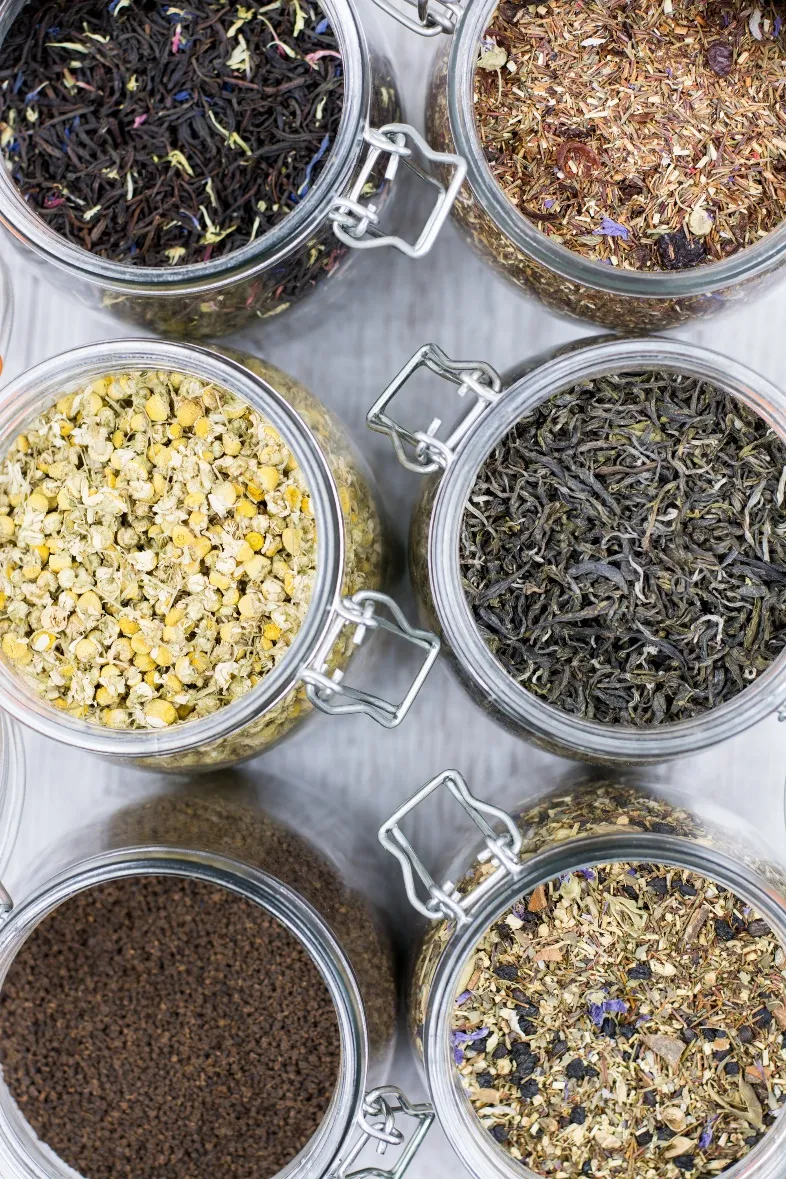
-
